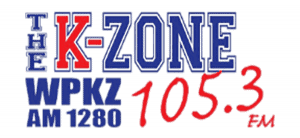BOSTON — More than 30 “high-need” Massachusetts schools are getting funding to establish mental health support programs, Gov. Maura Healey announced Tuesday as the administration looks to curb a youth mental health crisis and help struggling students return to the classroom. The state is investing $13 million into the Bridge for Resilient Youth in Transition […]
Public education
Nashoba Tech student earns bronze in SkillsUSA state design competition
Nashoba Tech earns medals at state skills conference
WESTFORD — Six students at Nashoba Valley Technical High School qualified for the SkillsUSA National Leadership & Skills Conference by earning gold medals at the recent State Conference. The State Conference was held April 25-27 in Marlborough. The National Leadership & Skills Conference is scheduled for June 24-29 in Atlanta, Ga. Students who earned gold […]
Healey weighs in on campus safety, protests
BOSTON — As tensions simmer around college campus protests and university responses, Gov. Maura Healey gave a mostly muted response Tuesday to the proliferation of pro-Palestinian encampments, saying “there has to be” space for both protest and Jewish student safety alike. Colleges around the country are grappling with how to respond to student demonstrations against […]
Pepperell, Townsend voters reject overrides
Voters in Pepperell and Townsend spurned ballot questions to raise property and personal taxes, vetoing recent special Town Meeting votes that endorsed Proposition 2½ overrides.
Nashoba Tech breaks ground on expansion
WESTFORD — With dozens of school, district and state officials on hand, Nashoba Valley Technical High School officially broke ground on a 7,000-square-foot addition on Friday, April 12. The major expansion and modernization project for the regional vocational school is going forward thanks to three state grants totaling $6.75 million. Superintendent Denise Pigeon said the […]
